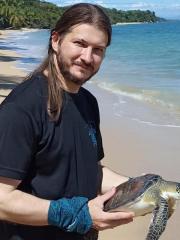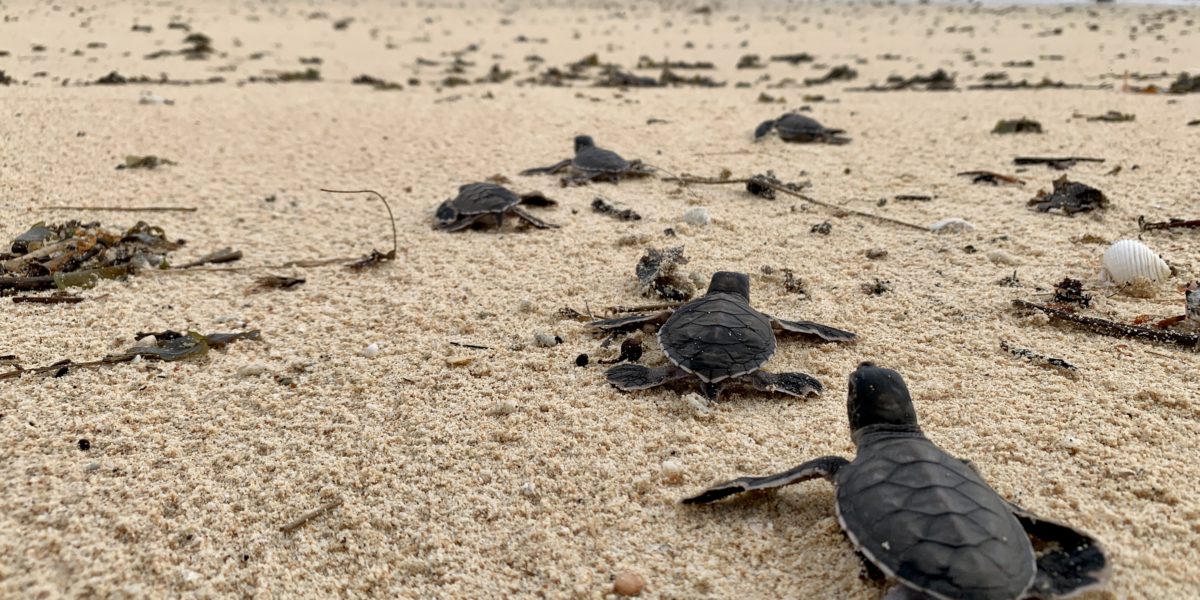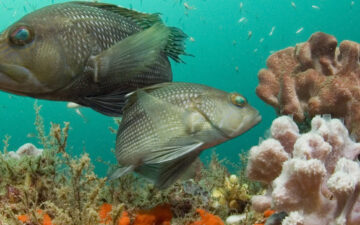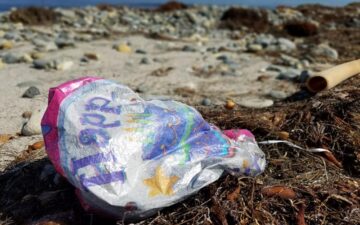
Every year, the Boyd Lyon Sea Turtle Fund hosts a scholarship for a marine biology student whose research is focused on sea turtles. This year’s winner is Jaime Restrepo.
Read his research summary below:
Background
Marine turtles inhabit distinct ecosystems throughout their lifecycle; they commonly reside in defined foraging areas and migrate semi-annually to nesting beaches once they become reproductively active (Shimada et al. 2020). The identification of the different habitats used by marine turtles and the connectivity among them is key to prioritize the protection of areas needed to ensure that they fulfill their ecological roles (Troëng et al. 2005, Coffee et al. 2020). Highly migratory species such as marine turtles, depend on key environments to thrive. Thus, conservation strategies to protect these species will only be as successful as the status of the weakest link across the migratory path. Satellite telemetry has facilitated the understanding of the spatial ecology and migratory behaviour of marine turtles and provided insight into their biology, habitat use and conservation (Wallace et al. 2010). In the past, tracking nesting turtles has illuminated migratory corridors and helped to locate foraging areas (Vander Zanden et al. 2015). Despite the great value in satellite telemetry studying species’ movement, one major drawback is the high cost of transmitters, which often leads to limited sample sizes. To offset this challenge, stable isotope analysis (SIA) of common elements found in nature has been a useful tool to identify areas connected by animal movements in marine environments. Migratory movements can be tracked based on the spatial gradients in isotope values of primary producers (Vander Zanden et al. 2015). The distribution of isotopes in organic and inorganic matters can be predicted describing environmental conditions across spatial and temporal scales, creating isotopic landscapes or isoscapes. These biochemical markers are induced by the environment through trophic transfer, therefore all animals within a specified location are labelled without having to be captured and tagged (McMahon et al. 2013). These characteristics make SIA techniques more effective and cost efficient, allowing access to a larger sample size, and increasing representativeness of the studied population. Thus, conducting SIA by sampling nesting turtles can provide the opportunity to assess resource use in foraging areas prior to the breeding period (Witteveen 2009). Furthermore, comparison of isoscape predictions based on SIA from samples collected across the study area, with observational data obtained from previous mark-recapture and satellite telemetry studies, can be used to determine spatial connectivity in biogeochemical, and ecological systems. This approach is therefore well suited for the study of species that may be unavailable to researchers for significant periods of their lives (McMahon et al. 2013). Tortuguero National Park (TNP), on the northern Caribbean coast of Costa Rica, is the largest nesting beach for green sea turtles in the Caribbean Sea (Seminoff et al. 2015; Restrepo et al. 2023). Tag return data from international recaptures have identified post-nesting dispersal patterns from this population throughout Costa Rica, and 19 other countries in the region (Troëng et al. 2005). Historically, research activities at Tortuguero have been concentrated in the northern 8 km of the beach (Carr et al. 1978). Between 2000 and 2002, ten satellitetagged turtles released from this section of the beach travelled north to neritic foraging grounds off Nicaragua, Honduras, and Belize (Troëng et al. 2005). Though, flipper-tag return information provided clear evidence of females embarking on longer migratory trajectories, some routes have not yet been seen in the movement of satellite-tagged turtles (Troëng et al. 2005). The eight-kilometre geographical focus of previous studies may have biased the relative proportion of migratory trajectories observed, overweighting the importance of northern migration routes and foraging areas. The aim of this study is to evaluate migratory connectivity for Tortuguero’s green turtle population, by assessing the carbon (δ 13C) and nitrogen (δ 15N) isotopic values for putative foraging habitats across the Caribbean Sea. We will then compare these values with those of nesting females at Tortuguero to identify their respective putative foraging grounds.
Expected Outcomes
Thanks to our sampling efforts we have already collected over 800 tissue samples from green turtles. Most of these are from Tortuguero, with sample collection in foraging areas to be completed throughout the year. Based on SIA from the samples collected throughout the region, we will generate an isoscape model for green turtles in the Caribbean, presenting distinct areas for values of δ13C and δ15N in seagrass habitats (McMahon et al. 2013; Vander Zanden et al. 2015). This model would be then used to assess the corresponding forging areas of green turtles nesting at Tortuguero, based on their individual SIA.







